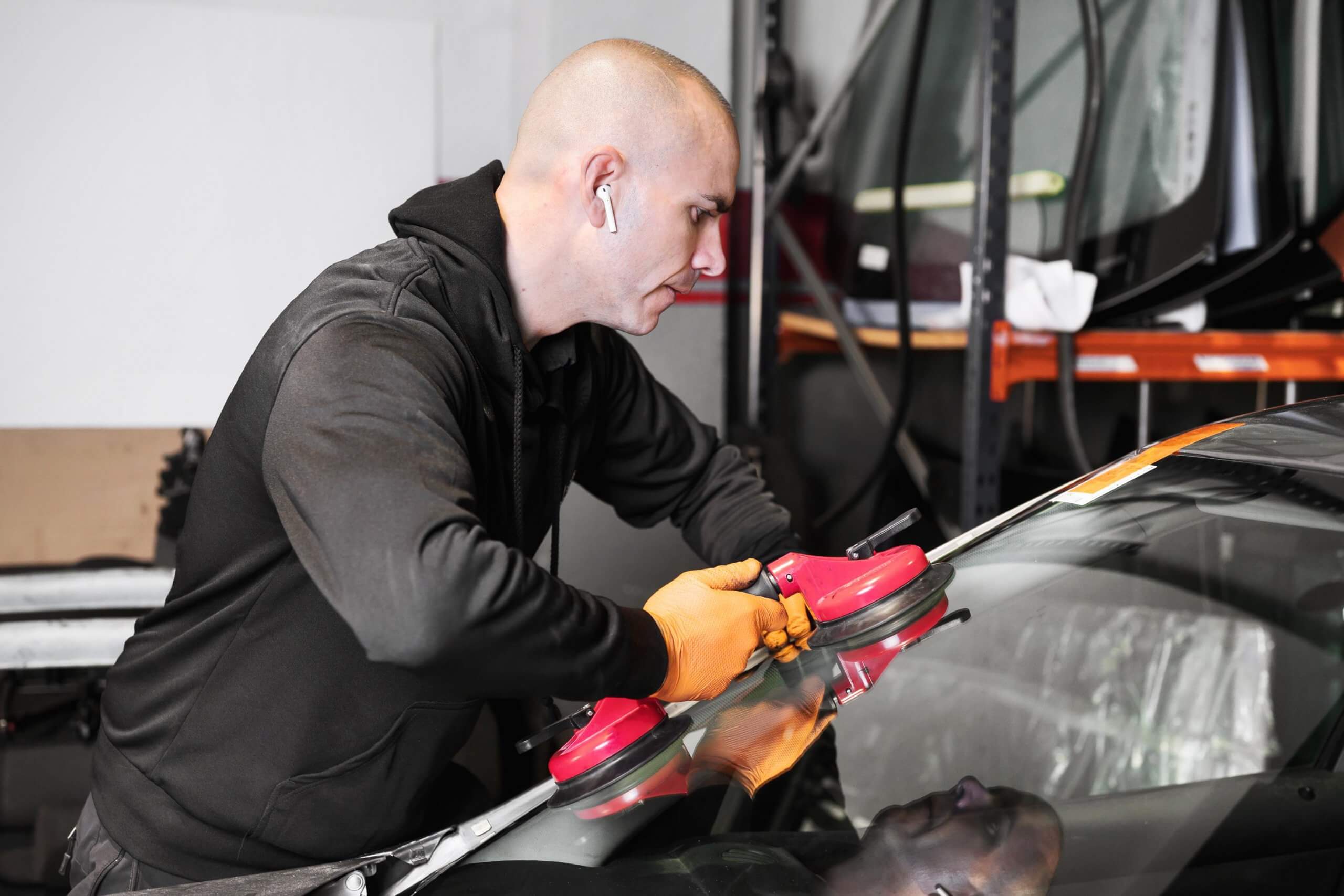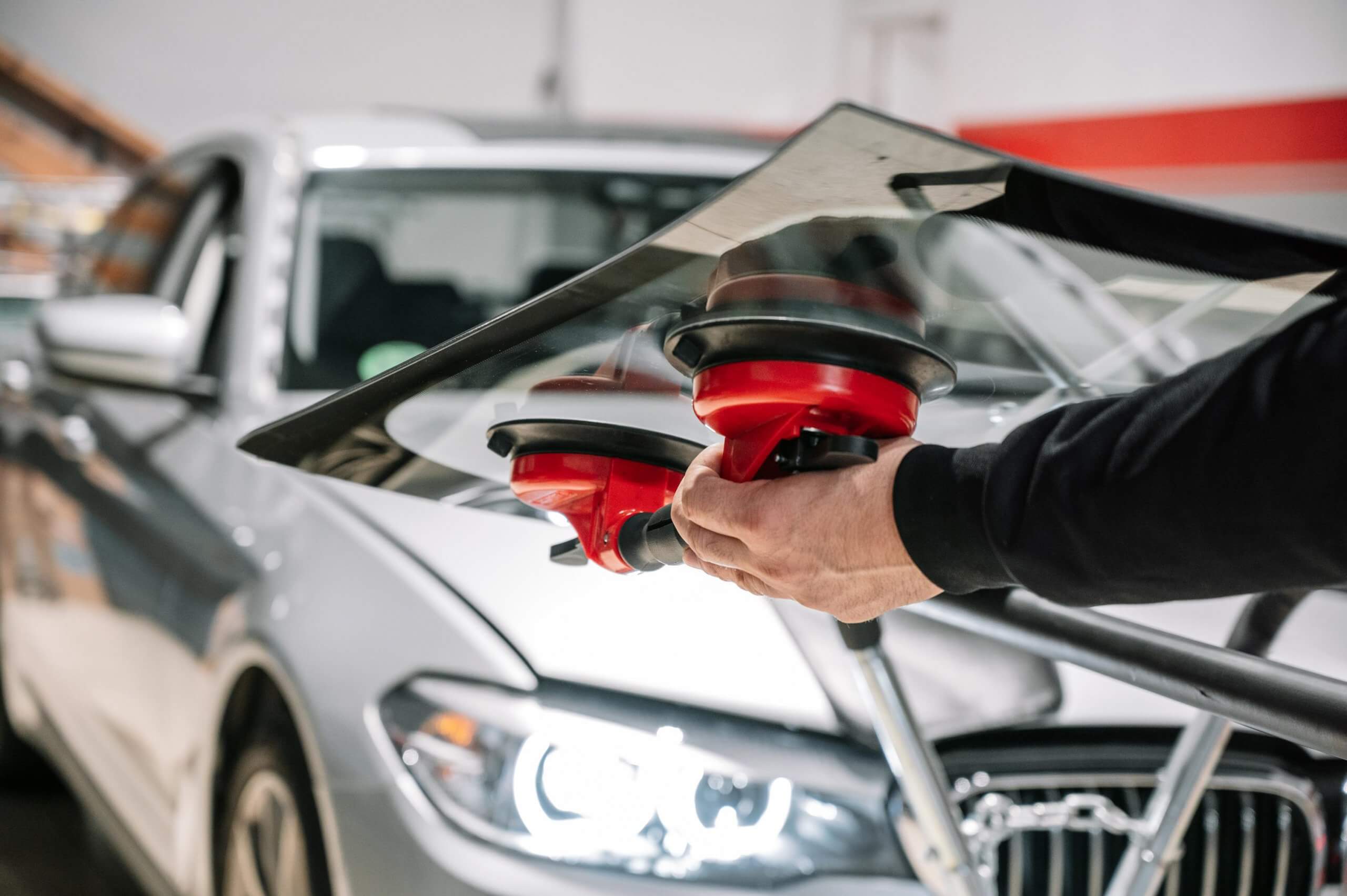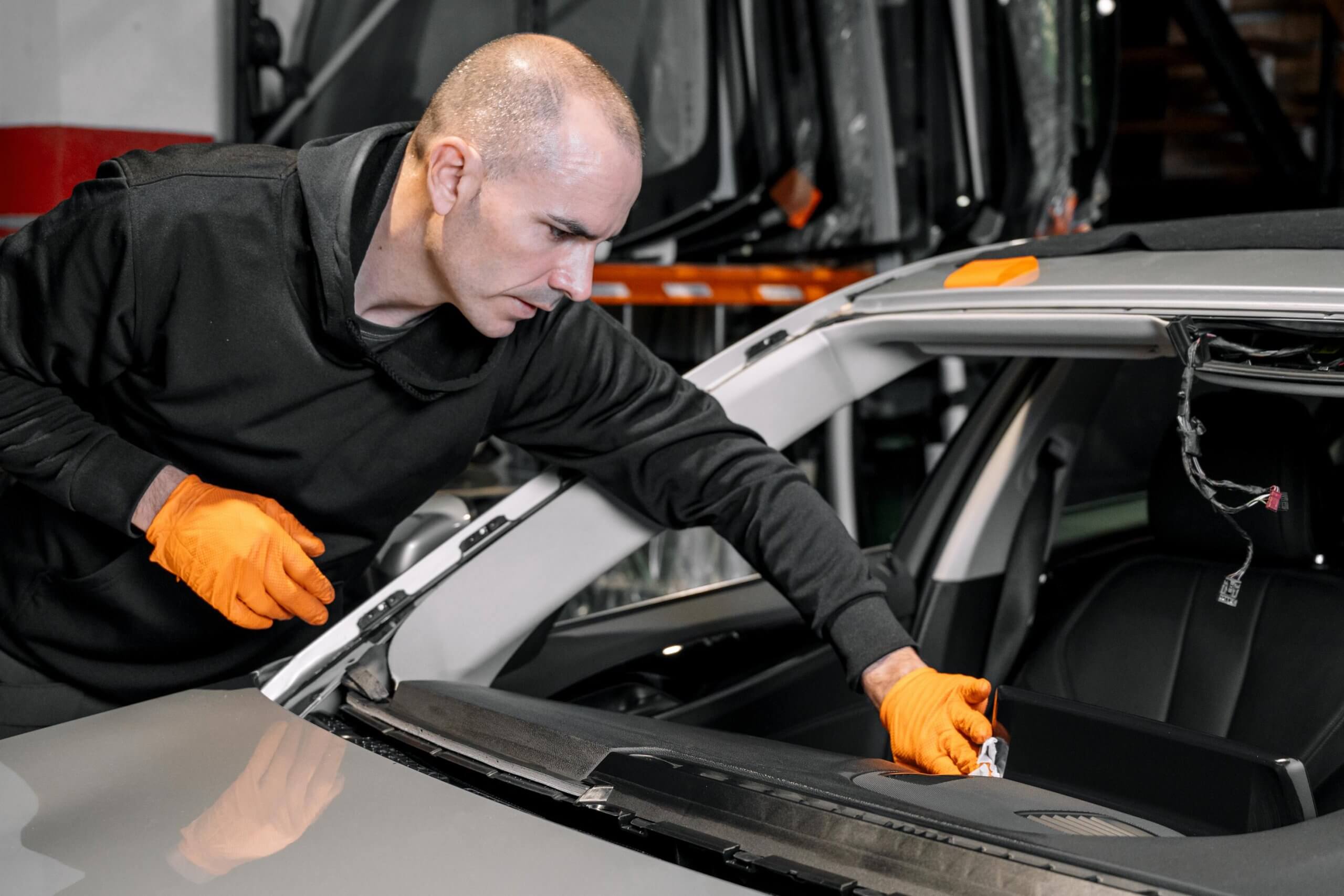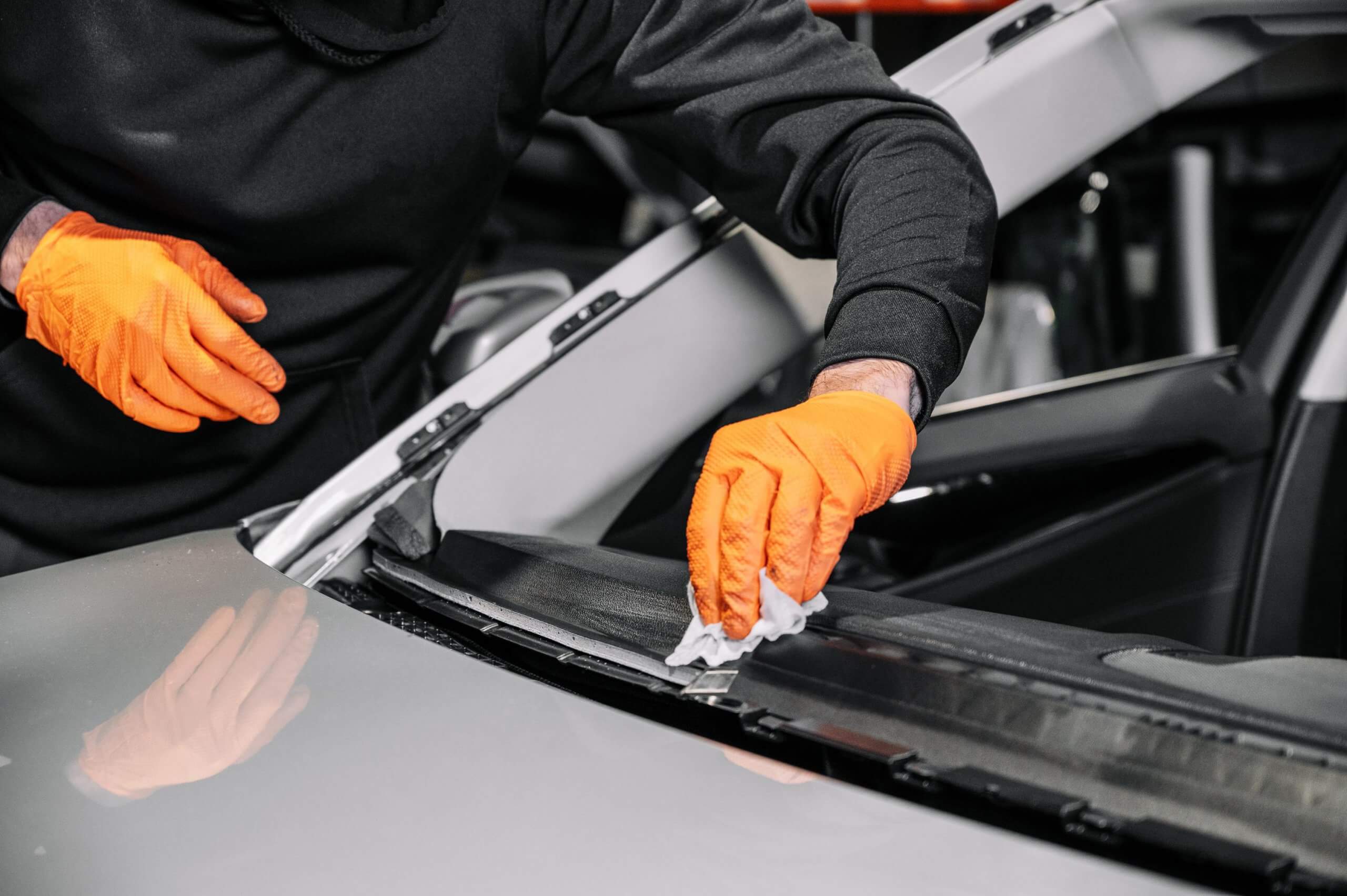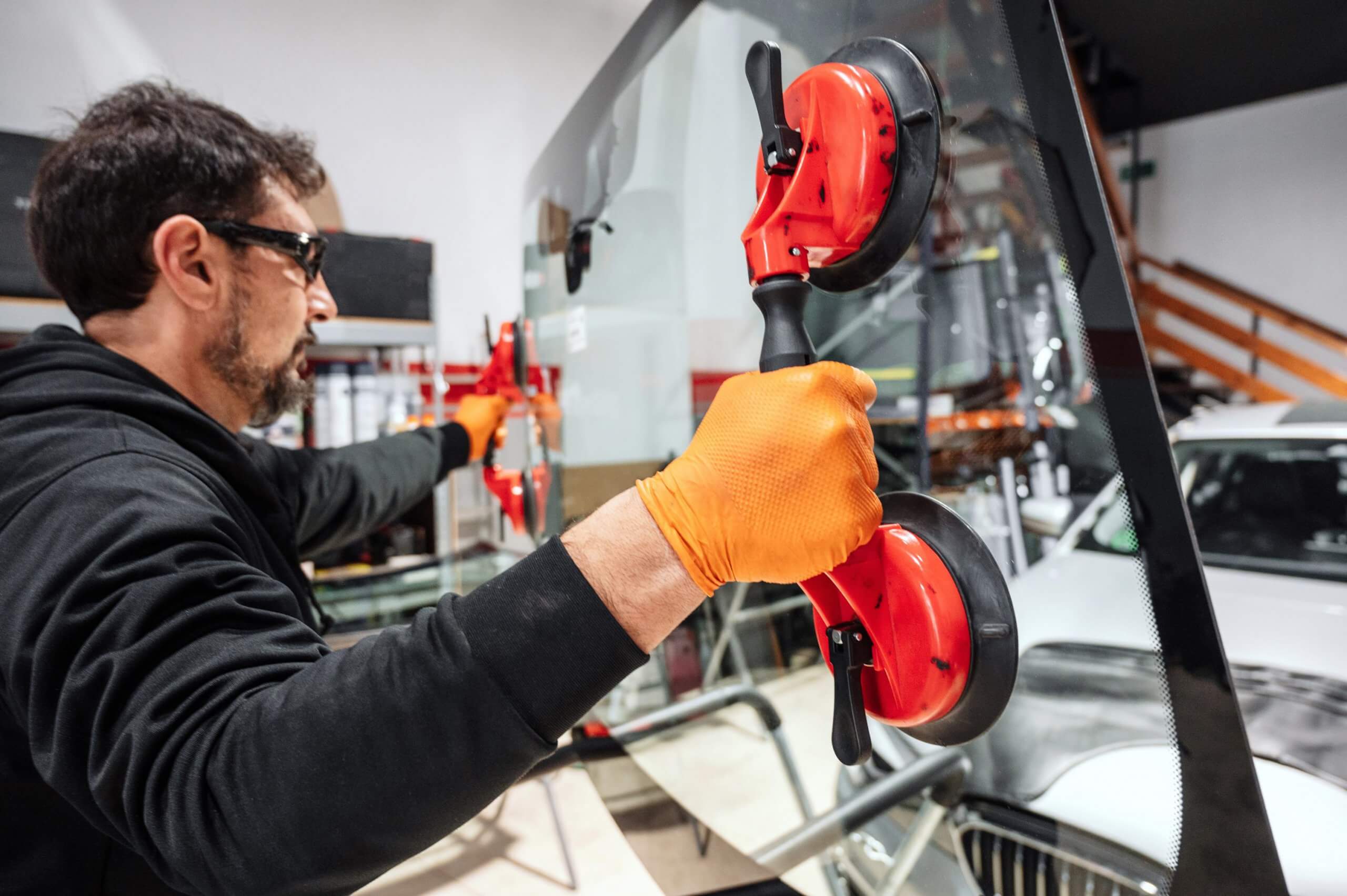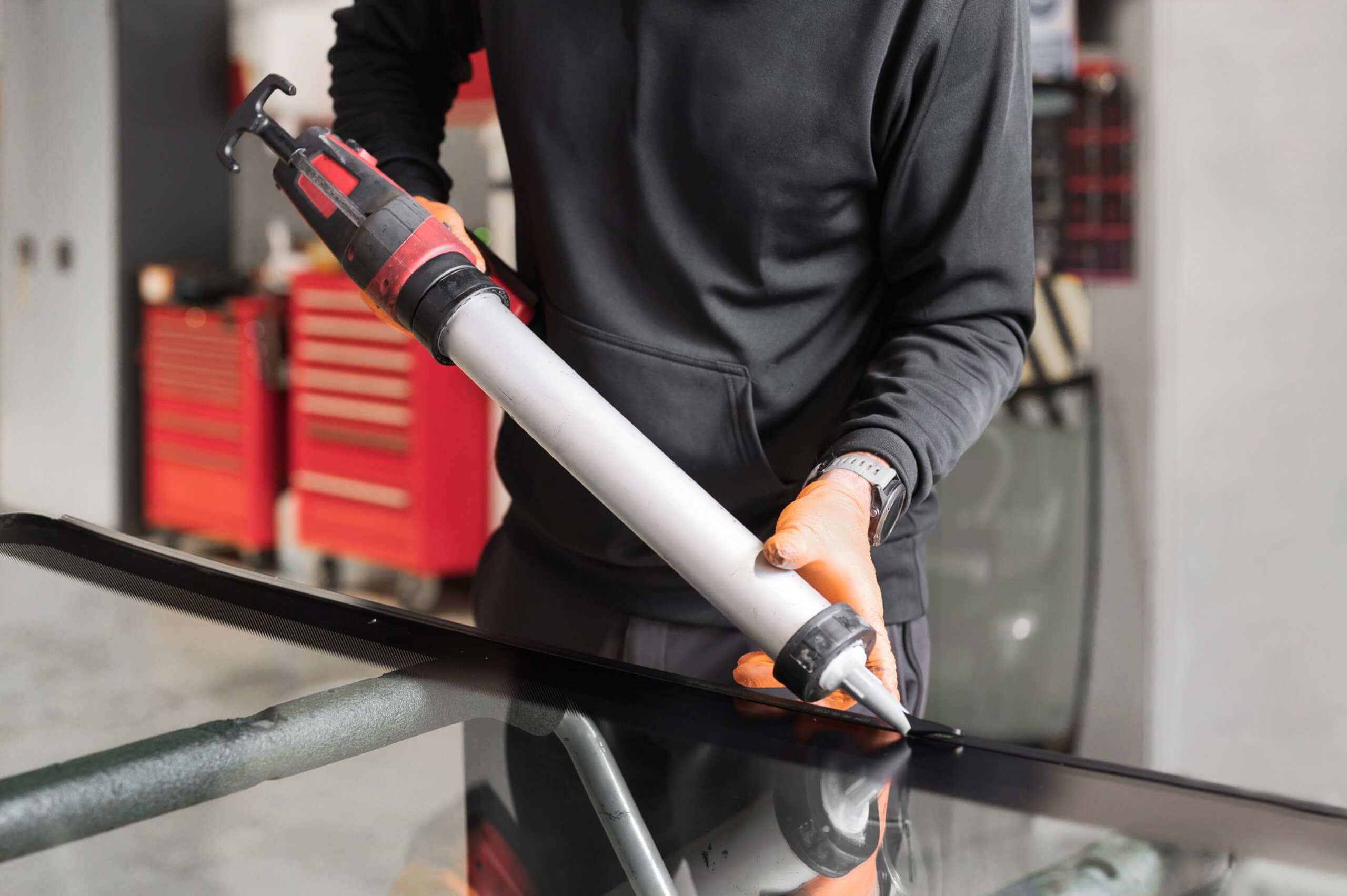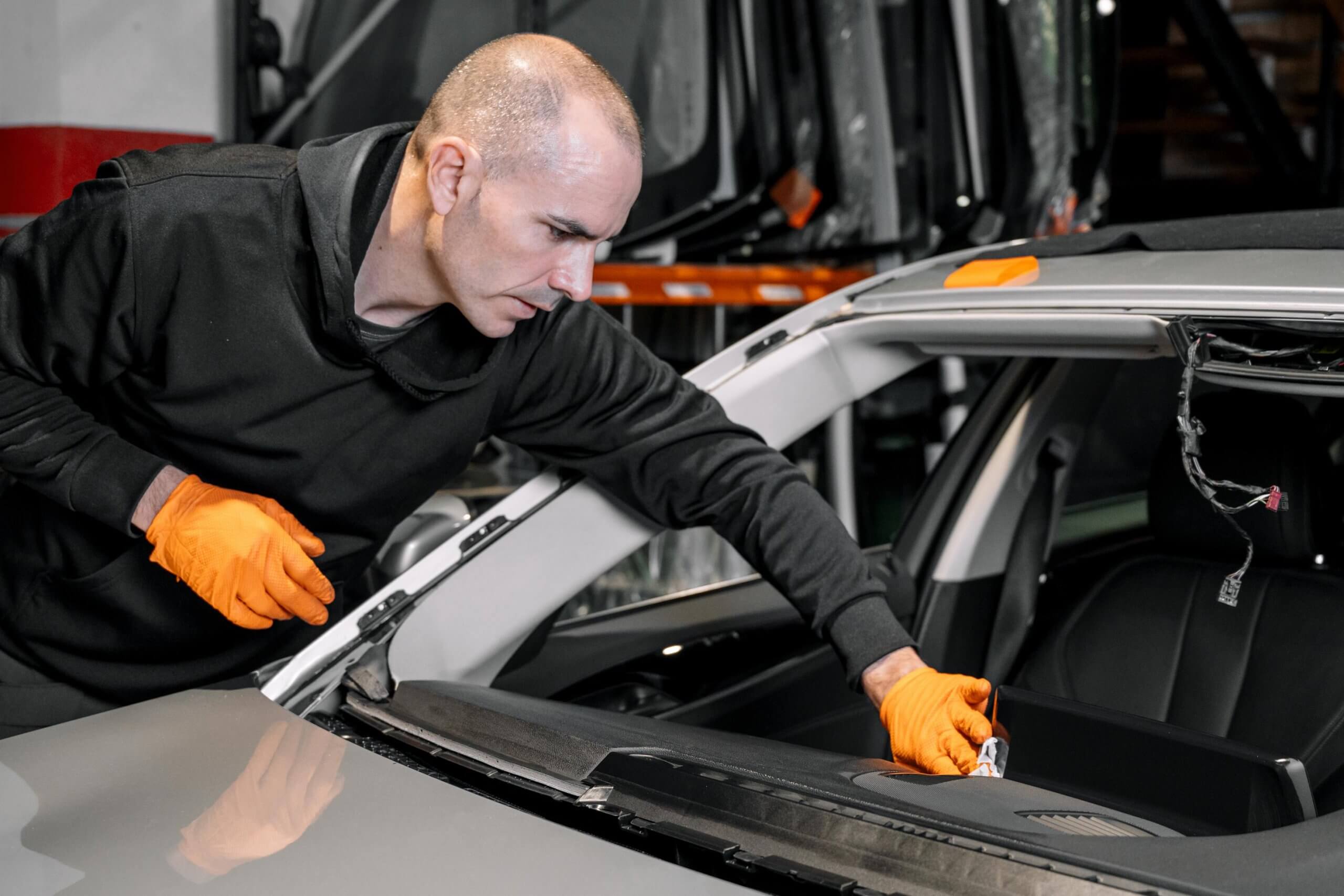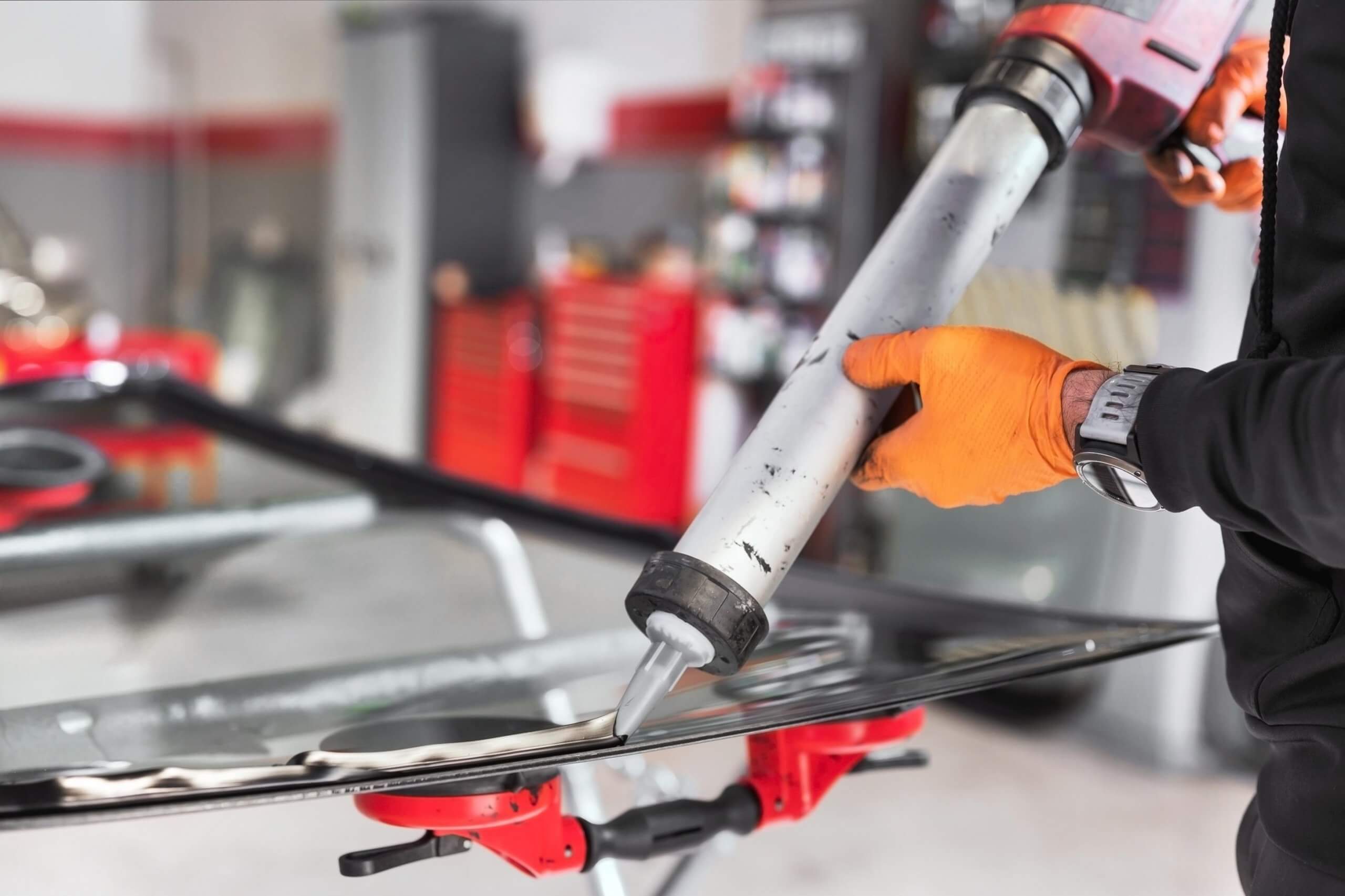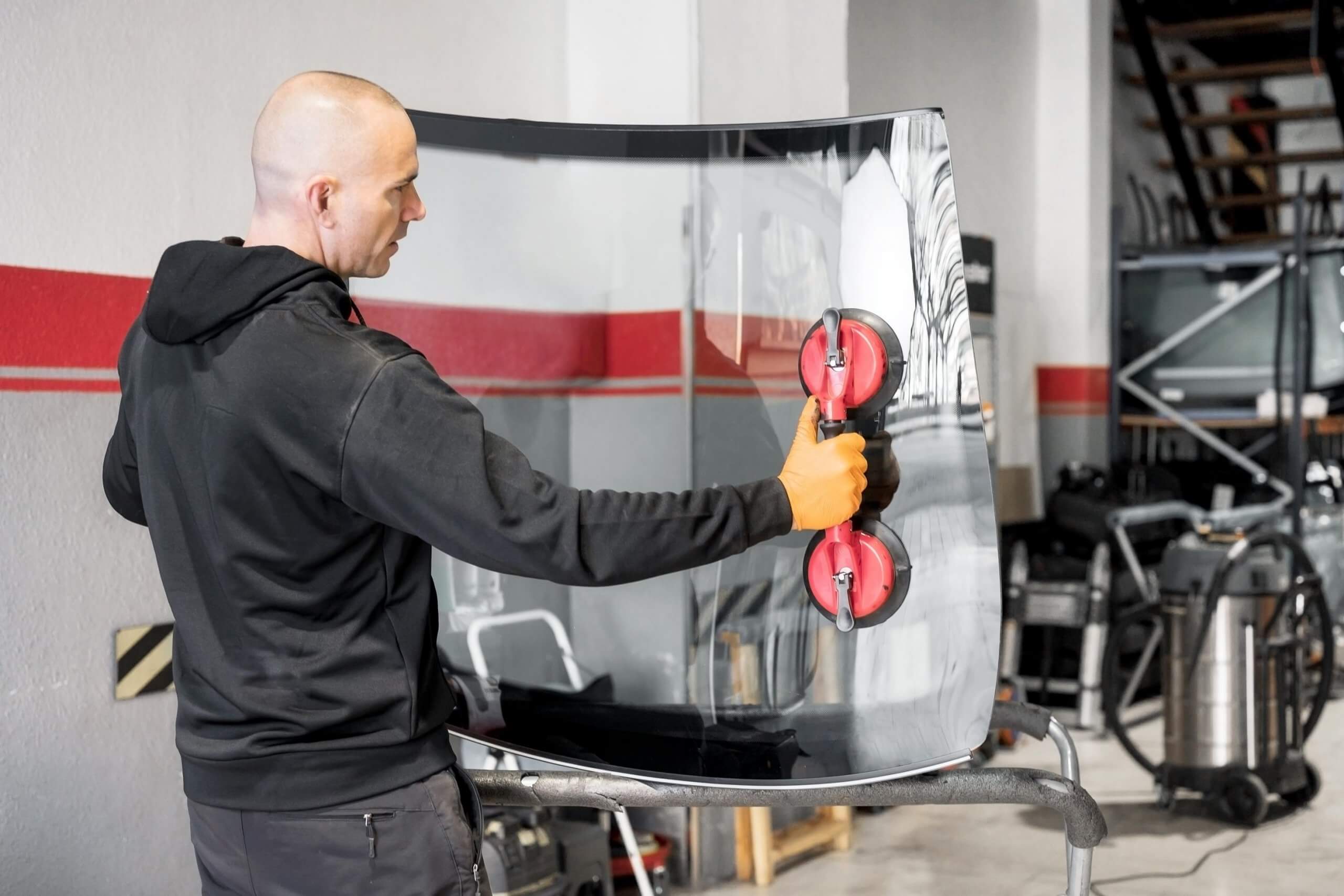Extreme temperatures are the enemy of glass. Even the tempered auto glass becomes stressed when temperatures fluctuate, making your windshield crack. As it becomes more common for the weather to fluctuate between extremes, more people are waking up to find a cracked windshield. So the answer is YES to question “Windshield Crack from Weather Changes?”
Why Does My Windshield Crack in Extreme Weather?
Glass molecules never crystalize but rather slow. These slow-moving molecules are perfect for the formation of glass; however, the composition is easily interfered with. Moderate temperatures don’t affect this, and consistent temperatures (save for very high or very low extremes) along with gradual shifts don’t cause this to happen either.
Sudden and drastic temperature changes are what cause glass to crack. This is most often seen in the winter when glass in below-freezing temperatures warms too quickly. A common culprit here is attempts to defrost a windshield gone wrong. For advice on how to properly defrost a windshield, click here!
However, hot weather can also make your windshield crack. This happens as the heat causes the glass to expand. In the right conditions, heat can cause the molecules to speed up and warp. However, it’s more common for your windshield to crack – especially when rapidly cooled by air conditioners.
Can my Windshield Crack in Without my Interference?
Yes. While a common culprit for auto glass expanding and contracting too rapidly is drivers attempting to defrost their windshields inappropriately, it can still happen naturally.
This is most common when a sudden cold snap drops the temperature too quickly, making the glass contract too suddenly and crack. However, a sudden rise in temperature after a cold snap can also cause this.
This process is known as thermal stress and compromises your windshield’s structural integrity.
What Other Factors Can Lead to a Windshield Crack?
Rapid temperature fluctuations cause thermal stress, but other weather-related phenomena can lead to a windshield crack.
During the winter, this takes the form of sludge and debris on windshield wiper blades. In the summer, you contend with chips caused by rocks and other roadside leading to cracks.
How Do I Prevent Thermal Stress that Makes my Windshield Crack?
As with many things, preventing conditions that cause damage is the best way forward. While you can’t control the weather, factors within your control can reduce thermal stress.
Keep Your Windshield Washer Fluid Stocked
Windshield wipers can scrape the surface and smear debris across it. This can reduce visibility at best and damage the auto glass at worst.
Ensure Your Wipers are Intact
Windshield wipers can fall apart and cause damage by scraping the surface with the wrong part. During winter, ensure you get wipers meant for colder weather.
Gradually Adjust the Temperature in your Car
Whether it’s blasting the heat in winter to relieve the chill or cranking up the AC for a refreshing sanctuary in the dead of summer, the rapid temperature change causes windshield cracks. The best way to change the temperature is to gradually heat or cool the car to avoid compromising the glass.
Finally, Inspect Your Windshield for Existing Cracks
It’s best to have every aspect of your car inspected during seasonal changes, including your windshield. Ensure there are no existing cracks and follow the advice laid out here to avoid a weather-induced windshield crack.


